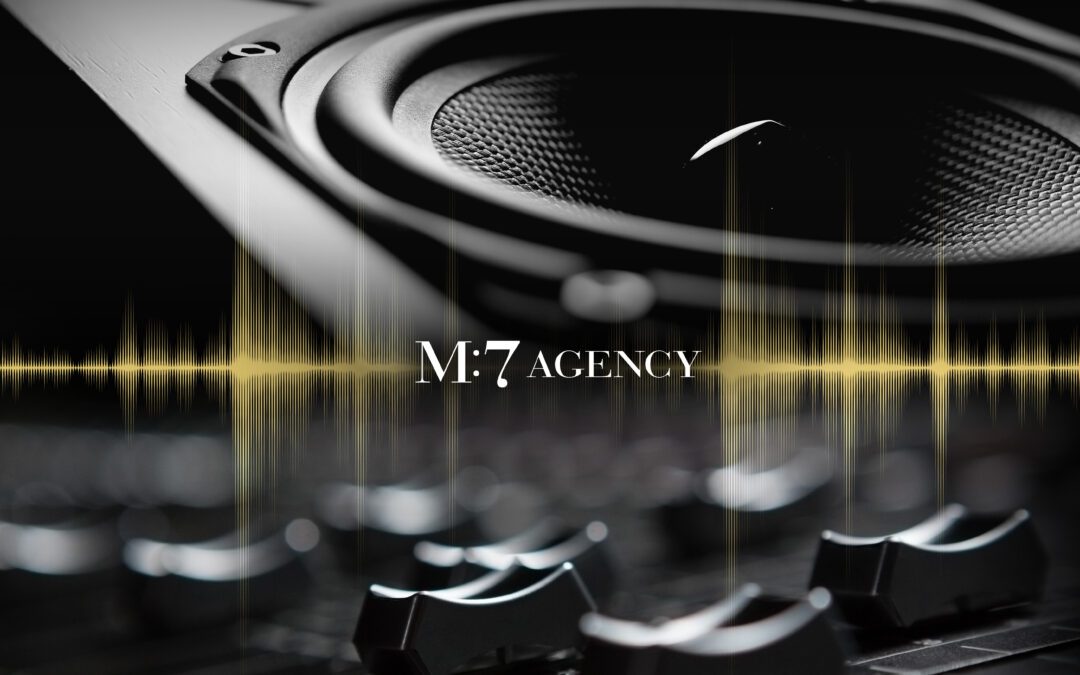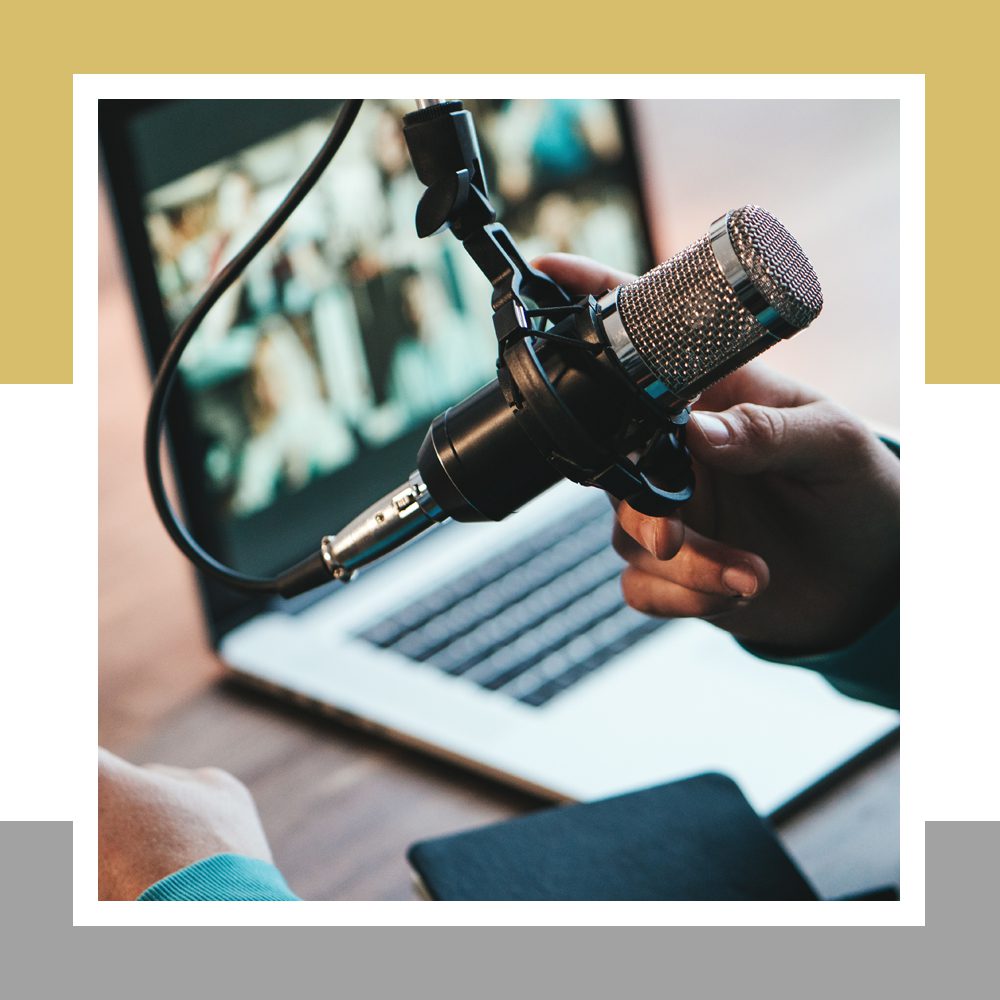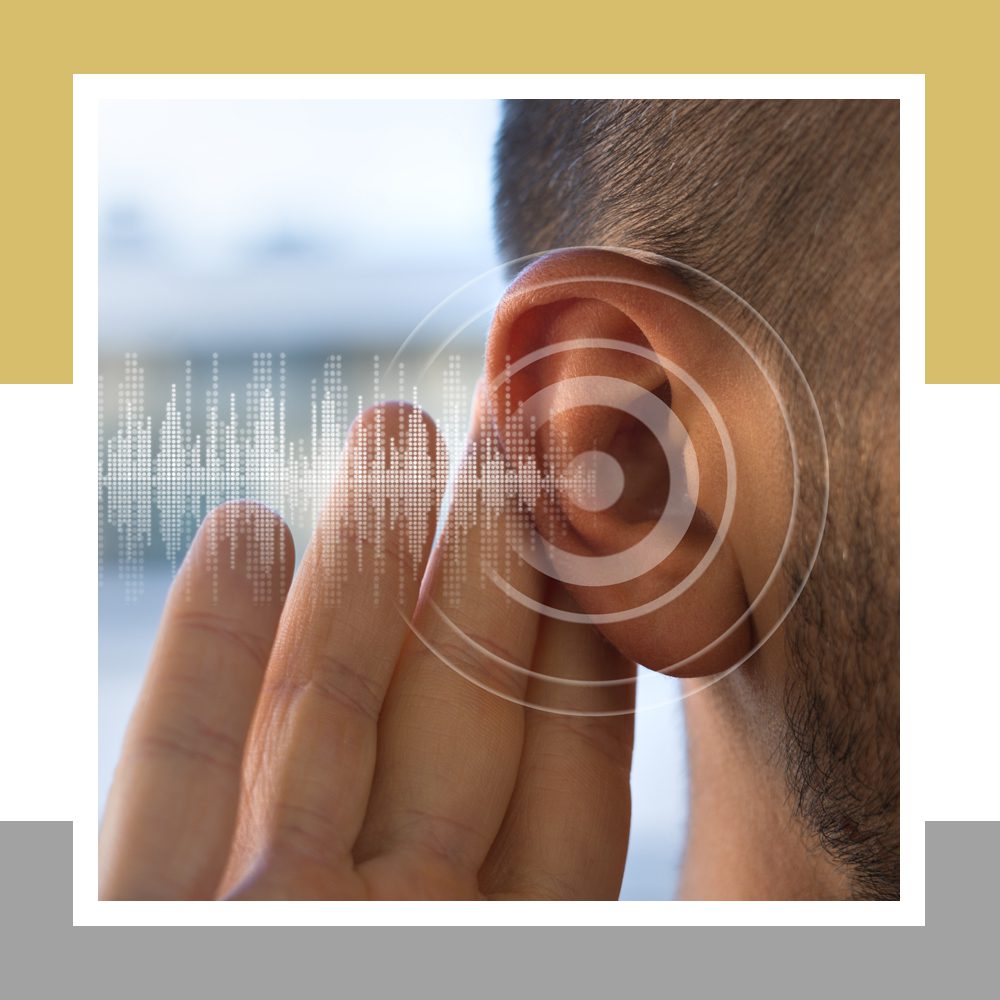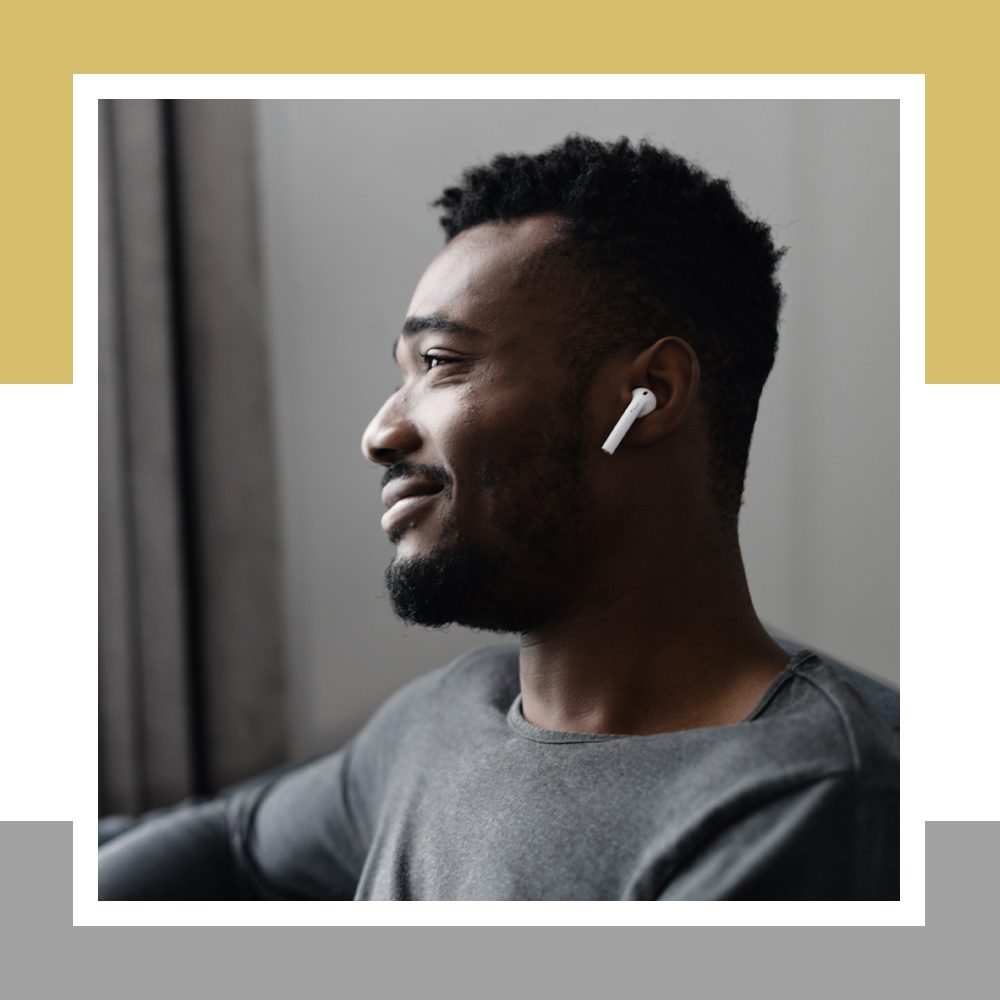You Know How Your Brand Looks, But How Does It Sound?
In 1981, the Music Television channel, aka MTV, (which, get this, once actually played music videos around the clock) debuted by showing the video for The Buggles’ song “Video Killed The Radio Star” — practically dancing on the grave of the once-powerful medium. Sure, TV had been hammering the nails in radio’s coffin for roughly 30 years, but radio still cornered the market on music. Merging music and visuals, MTV looked to be the final nail.
Fast forward four decades, and now internet and streaming services are giving traditional TV a run for its money (Internet killed the TV star?). But what of radio and other audio-only channels? In today’s visual-obsessed world, you’d think they would be six feet under by now. But, to paraphrase Mark Twain, rumors of its [radio’s] death have been greatly exaggerated.
With the popularity of audio podcasts, satellite radio, digital music services, and smart speakers, audio media has made a remarkable recovery, evidence that sound alone has a resilient power to captivate audiences. After all, audio and audience share the same word part “aud” which is a root that means “hear, or to listen to,” not “see, or look at.” This notion should not be lost on businesses as they try to improve their marketing strategies and elevate their brands. Sound is powerful, and rather than neglecting it, brands should be using it to their advantage.
Crystal-Clear Potential
Too often overlooked and underutilized in the marketing world, audio branding, also called sonic or sound branding, is a strategy of associating a unique sound with a specific brand.
Audio branding consists of a number of different elements including sound logos, jingles, theme songs, anthems and in-store soundscapes.
McDonald’s. 20th Century Fox. ESPN. Nationwide. Most people can name the brand just by hearing its sound logo, or sound trademark, which can be instrumental, vocal, or both. Sound logos are typically paired with their respective graphic logos. Jingles typically include words spoken or sung over a melody, promoting the product or service with lyrical hooks that grab listeners’ attention and calls to mind the brand’s unique value proposition.
With purely audio media, sound branding should be able to stand on its own, which is the essence of audio branding and a sign that a brand’s marketing campaign is working. But whether used alone or along with visuals, audio branding is a uniquely effective way to resonate with your target audience, offering a number of benefits that help your brand cut through all of the white noise that’s out there.
6 Benefits of Audio Branding
1. Enhances your brand’s personality
Just like each person, your brand has a unique personality, or brand identity. From your digital presence to traditional advertising, it has (or should have) a consistent, distinct look and written “voice” across your social media accounts, website pages, blog content and every other channel you use. Your job is to make that personality as welcoming and memorable as possible — whether it’s fun, uplifting, edgy, serious or smart. After all, who wants to be around a person or is attracted to a brand that lacks personality?
In a study by PHMG, 74% of young adults believe that they develop a better understanding of a company’s personality through music. When creating that personality, sight isn’t your only option to convey it, though most brands appear to think it is. Reflecting the essence of your brand and building upon it, successful audio branding gives your business not only a literal and unique voice but also another powerful avenue to reach customers.
2. Increases brand recognition
Expanding your brand’s personality helps audiences’ become more familiar with it and identify it more easily. The greater your brand recognition, the more memorable it is, which can lead customers to instinctive partiality toward it, which builds trust, which leads to more sales.
Think of a catchy song that gets stuck in your head, an earworm you can’t stop singing. Audio branding lets you sneak your way into your customers’ minds where they’ll most likely recall you when they’re in need of your type of product or service. And that recognition grows on people every time they hear the sounds associated with your brand. According to recent Nielsen insights, “podcast ads drive an aided brand recall rate of 71%.”
3. Creates an emotional connection
Whether slow, fast, happy or sad, your favorite songs are your favorite for a reason — how they make you feel. Undoubtedly, music has an emotional effect on people, often causing instant joy, nostalgia, sadness or excitement with just a few notes of a recognizable melody.
Sound, especially music, is viscerally powerful, connecting with people in ways pictures cannot, and marketing relies on the emotional as much as the rational. How do you want people to feel when they think of your brand? Figuring that out can help you find just the right sound, melody or song to become unforgettable in your target audience’s mind and create loyal, emotional ties between your brand and customers.
4. Has scientific advantages over visuals
In a world where attention spans seem to be getting shorter every day, brands have less time than ever before to capture attention — two or three seconds if you’re lucky. Thanks to less complex auditory neural pathways, the brain processes sound exceptionally fast — up to 100 times faster than it processes images.
Meanwhile, sensory memories hold onto information long enough to be recognized before turning it over to the working memory. Neurologists have found that auditory sensory memory (7-10 seconds) lasts longer than visual memory (up to 1 second) and haptic, or touch, memory (up to 2 seconds). Both its efficient speed and sensory memory recall give audio branding advantages over the purely visual.
5. Separates you from the competition
The fact that so many brands ignore it makes this type of branding the perfect opportunity to set your brand apart from your competitors in a unique and exciting way.
Backed by an intentional strategy that matches the perfect sound, jingle or song with your brand, and using it at just the right times, audio branding gives your brand an edge as an additional way to reach your target audience — one that most others aren’t using.
Music is especially effective at standing out and striking a chord with younger audiences, making it great for building relationships with consumers that last for years and years to come.
6. Goes places pictures can’t
While you can close your eyes, it’s a lot harder to close your ears, which means that hearing, unlike sight, is a sense that’s open to receiving messages even when you’re not focused on it — hence why you shouldn’t be changing TV stations while driving. Non-visual media such as digital music services and audio podcasts will always have a place, and they practically demand a brand have an audio identity if it’s to utilize those channels.
Furthermore, though it’s hard to believe, people are actually looking for breaks from screen time. In a recent Spotify trend survey, “56% of Gen Zs and millennials agree there’s too much visual stimulation, and audio offers a nice escape from that.”
Beautiful Music Together: M:7 Agency + Tonic Recording Studios
Through an exclusive partnership with the audio experts at Tonic Recording Studios — Pittsburgh’s premier recording studio, M:7 Agency offers sonic branding services to create just the right sound logo, jingle, anthem or theme song to add a new dimension to your brand identity. And it’s not just about crafting an iconic sound; M:7 helps you create the best strategy around how, when and where to use it, so it will be music to your (and your customers’) ears.
Interested in what your brand could sound like and how audio branding can help you stand out from the crowd? Start a conversation with us today!



